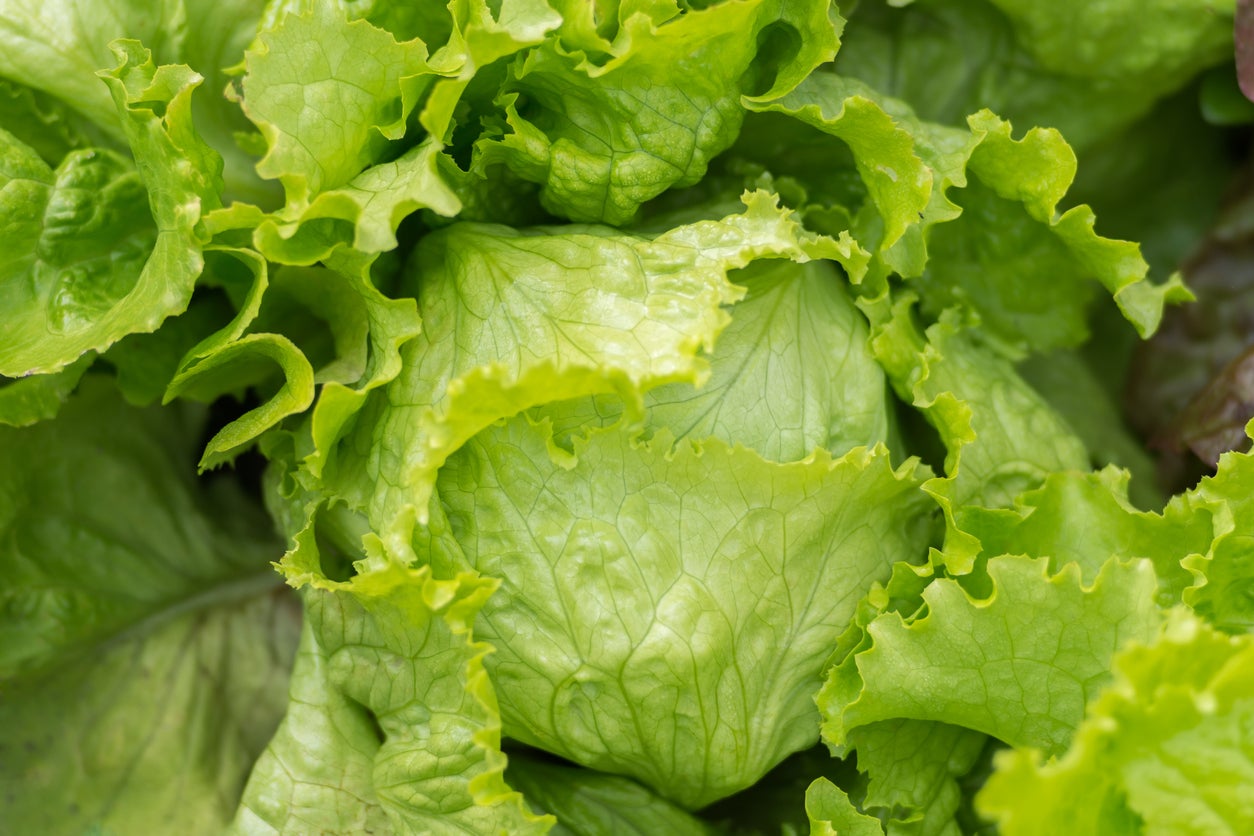Crispino Growing Info – Caring For Crispino Lettuce Plants


What is Crispino lettuce? A type of iceberg lettuce, Crispino dependably produces firm, uniform heads and glossy, green leaves with a mild, sweet flavor. Crispino lettuce plants are especially notable for their adaptability, thriving in conditions that are less than ideal, especially in warm, humid climates. Are you interested in learning how to grow Crispino lettuce? Read on and learn how easy it can be.
Crispino Growing Information
Crispino iceberg lettuce matures in approximately 57 days. However, expect full heads to take at least three weeks longer in cool weather. Look for Crispino lettuce plants to mature about a week earlier in consistently warm weather.
How to Grow Crispino Lettuce
Caring for Crispino lettuce plants in the garden is an easy endeavor, as Crispino iceberg lettuce is hardy and can be planted as soon as the ground can be worked in spring. You can plant more lettuce when the temperature drops in fall. Crispino lettuce is a cool weather plant that performs best when temperatures are between 60 and 65 F. (16-18 C.). Germination is poor when temperatures are above 75 F. (24 C.). Crispino lettuce requires cool, moist, well-drained soil. Add a generous amount of compost or well-rotted manure a few days prior to planting. Plant Crispino lettuce seeds directly in the soil, then cover them a very thin layer of soil. For full-size heads, plant seeds at a rate of about 6 seeds per inch (2.5 cm.) in rows 12 to 18 inches apart (30.5-45.5 cm.). You can also start seeds indoors three to four weeks ahead of time. Water Crispino iceberg lettuce once or twice per week, or whenever the soil feels dry about an inch (2.5 cm.). below the surface. Too dry soil may result in bitter lettuce. During hot weather, you can sprinkle the lettuce lightly any time the leaves look wilted. Apply a balanced, general-purpose fertilizer, either granular or water-soluble, as soon as the plants are a couple of inches (5 cm.) tall. If you use granular fertilizer, apply it at about half the rate suggested by the manufacture. Be sure to water well immediately after fertilizing. Apply a layer of compost or other organic mulch to keep the soil cool and moist, and to discourage the growth of weeds. Weed the area regularly, but be careful not to disturb the roots.
Sign up for the Gardening Know How newsletter today and receive a free copy of our e-book "How to Grow Delicious Tomatoes".

A Credentialed Garden Writer, Mary H. Dyer was with Gardening Know How in the very beginning, publishing articles as early as 2007.